Talkshow "A look at the detective genre through the works of Edogawa Ranpo" has the participation of MC, journalist Lu Mai, speaker, guest Nam Do - Admin of Detective Story Lovers Association, Chang Reading - famous KOL BookTok, along with many journalists, authors, readers and lovers of detective literature.
Edogawa Ranpo (1894-1965), a famous Japanese detective author whose real name is Tarō Hirai. He is known as the "father of Japanese detective fiction", a monument of detective literature with many detective publications with unique horror and psychological elements.
The pen name Edogawa Ranpo is also interesting because the name Edogawa Conan - the name of the main character Kudo Shinichi after he was shrunk in the manga series "Detective Conan" - is a combination of the names of two great detective writers of the East and the West: Edogawa Ranpo and Conan Doyle.
Edogawa Ranpo was born on October 21, 1894, in Nabari, Mie Prefecture. His father was a merchant and lawyer, and his grandfather was a samurai warrior who served in the Tsu domain. When Ranpo was two years old, the family moved to Nagoya, the capital of Aichi Prefecture.
As a child, Ranpo was fascinated by the adaptations and abridged translations of English detective stories that were available in Japan at the time. In 1912, at the age of 17, he entered the School of Political Science and Economics at Waseda University in Tokyo. During his time as a student, Ranpo spent countless hours immersed in the detective works of authors such as Edgar Allan Poe, Arthur Conan Doyle, and others.
After graduating in 1916, with an economics degree in hand, Ranpo worked in a variety of jobs, including newspaper editing, drawing comics for magazines, and even opening his own street-side soba noodle stand or working at a used bookstore.
Seven years later, in 1923, Edogawa Ranpo wrote his first detective story, “The Two-Sen Coin,” and took the pen name “Edogawa Ranpo.” If you read the name quickly, you will find that it is quite similar to the name of his idol, Edgar Allan Poe.
Ranpo’s debut work appeared in the popular teen magazine Shin Seinen. Previously, the magazine had only published works by Western writers such as Arthur Conan Doyle, but this was the first time they made the breakthrough by publishing a detective story by a Japanese author. Ranpo’s appearance showed that the Japanese could write detective stories that were on par with Western detective stories.
After the success of his first work, in the following years, Ranpo focused on writing a series of works that exploited the theme of crime and the process of solving cases. Among the works in this period, many stories became classic monuments of Japanese literature in the early 20th century.
Using Shin Seinen as a foundation, Ranpo continued to write and produce many detective masterpieces. 1925 was also the year his career flourished the most, and this was also the year he left for himself an unshakeable position in the popular literature forum.
Edogawa Ranpo wrote many detective stories during World War II. He tried his hand at both short stories and novels, even detective stories for children. The world of characters in the writer's detective stories all have distorted psychology, perversion, and physical abnormalities. The stories all exude horror and suspense, true to Ranpo's style.
 |
The talk attracted the attention of many young readers. |
Speaker Chang Reading said that Edogawa Ranpo's most special point is that he builds his works based on human fear and that is also a characteristic of his works. Another special point is the way he describes the beauty of Japanese women and makes it one of the motives for the criminals in his works.
Agreeing with this point of view, speaker Nam Do, admin of the Detective Story Lovers group, said that this is one of Ranpo's ways of creating works. He is a lover of beauty and likes to turn beauty into a factor that motivates crime, the classic being the story "The Human Chair". "Strange elements often appear in Ranpo's works".
That is also the reason why Edogawa Ranpo created criminal characters with distorted, perverted psychology like in "The Labyrinth of Crime", "Hell of Mirrors", "K Slope Murder", "Hell Island", "Ghost Island"... What Ranpo wants to highlight is that the fear and horror emanating from Edogawa Ranpo's stories do not come from supernatural, spiritual forces, but the horror emanating from the evil, the distortion in human psychology.
It is from such skillful art of building criminal psychology that Edogawa Ranpo has made his detective works unique, and made himself a monument in the classical Japanese detective literature.
Source: https://nhandan.vn/kham-pha-the-gioi-trinh-tham-cua-edogawa-ranpo-post879150.html




![[Photo] Panorama of the 29th Congress of the Party Committee of Nhan Dan Newspaper](https://vphoto.vietnam.vn/thumb/1200x675/vietnam/resource/IMAGE/2025/8/27/aa31210f7e2b47de948b2b60dde20aff)
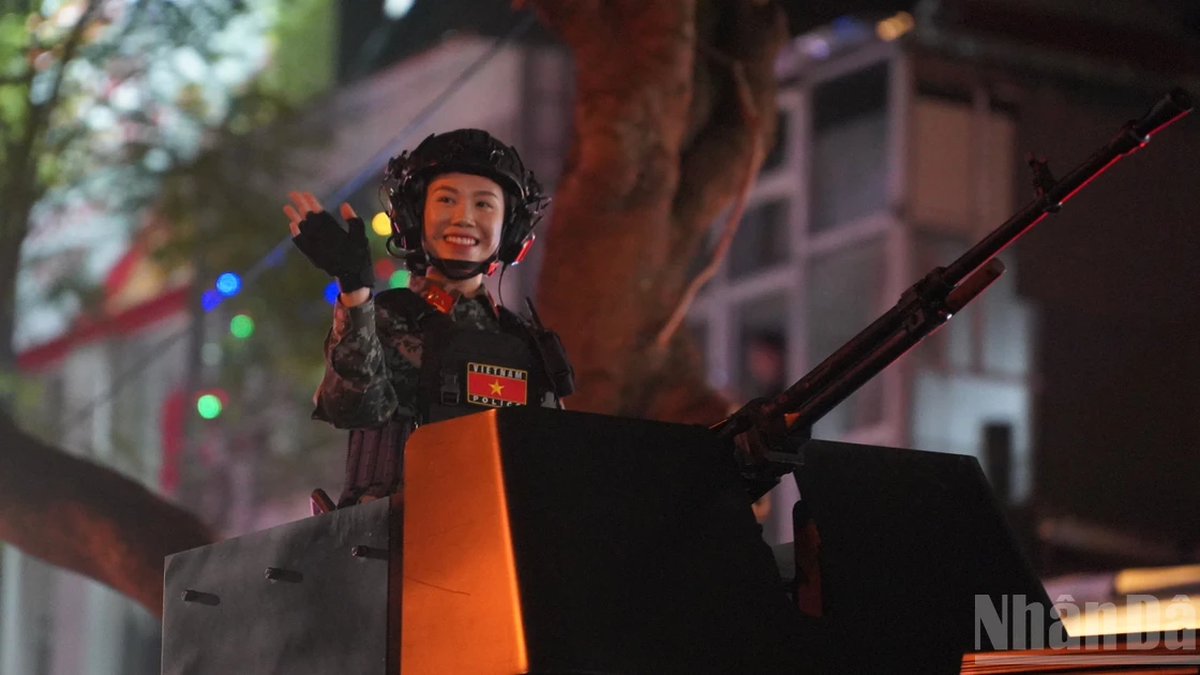

![[Photo] Many people eagerly await the preliminary review despite heavy rain](https://vphoto.vietnam.vn/thumb/1200x675/vietnam/resource/IMAGE/2025/8/27/4dc782c65c1244b196890448bafa9b69)





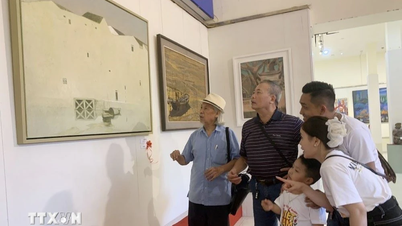













![[Photo] Panorama of the 29th Congress of the Party Committee of Nhan Dan Newspaper](https://vphoto.vietnam.vn/thumb/402x226/vietnam/resource/IMAGE/2025/8/27/aa31210f7e2b47de948b2b60dde20aff)





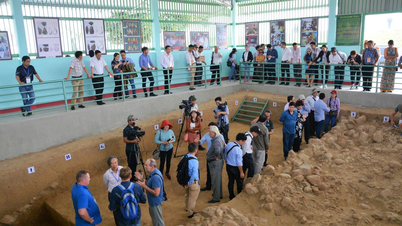




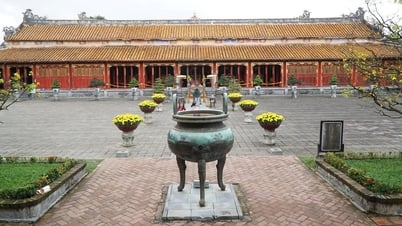
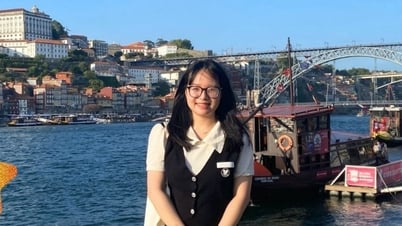

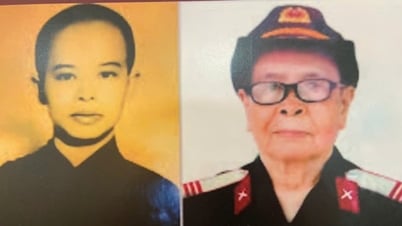




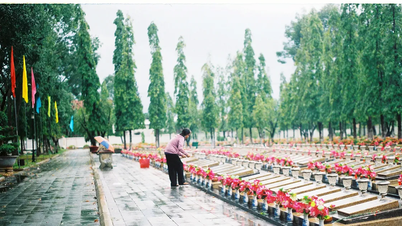
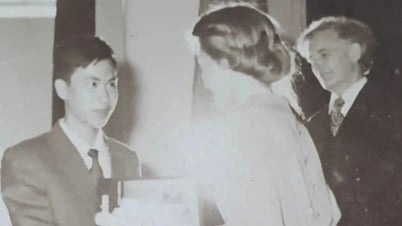




















































Comment (0)